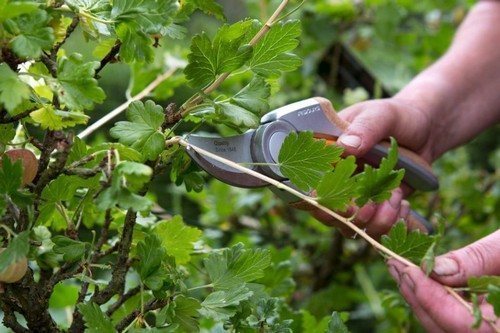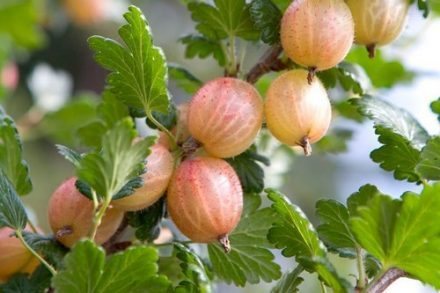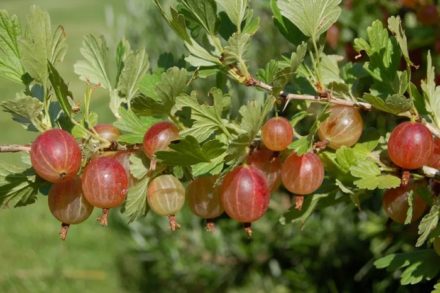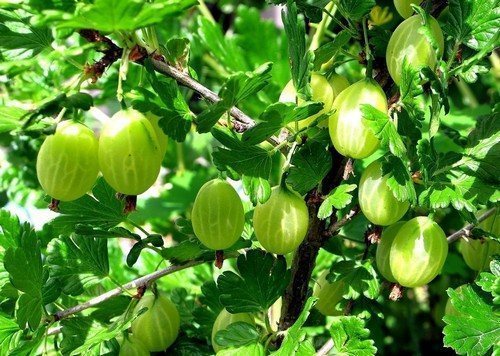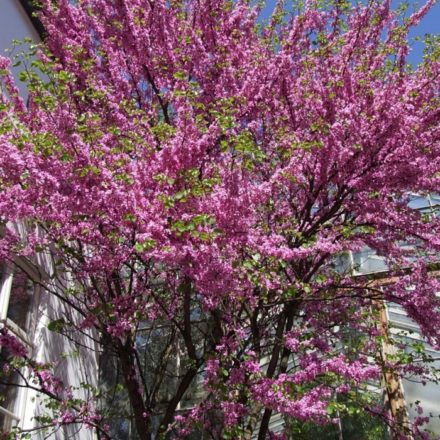Gooseberry is a shrub belonging to the gooseberry family. The official name is currant gooseberry. Whatever we call this shrub, its fruits are an amazing source of vitamin A, lutein and organic acids. Therefore, it is worth learning how and when to prune in order to get a bountiful harvest.
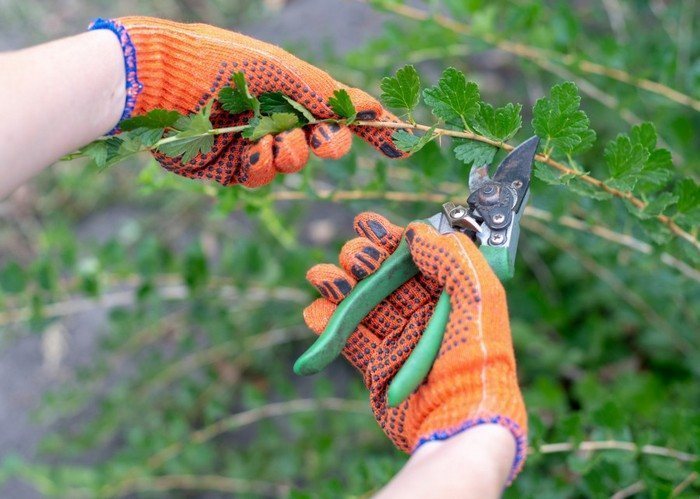
Gooseberries prefer to form their fruits on one to three year old lateral shoots of the main branches. Therefore, it is important to pay attention to them when pruning. In the first three years, the correct structure of the plant is formed. After creating the structure, the old main shoots are regularly replaced and the lateral branches are rejuvenated one by one.
Gooseberry pruning is carried out after harvesting and shedding leaves, but before the onset of persistent cold weather. In this case, the branches are not shortened, but cut out at the very base of the bush, without leaving stumps, since this is a favorable environment for the proliferation of pests.
Annual pruning regulates fruit quality, yield and growth performance of gooseberries. The most abundant harvest is produced by annual side shoots, so every year a sufficient number of sprouts are left from the leading branch. When pruning gooseberries, proceed as follows:
- After all the gooseberries have been collected (and there are no leaves on the bush), the older branches are worked on first. Gooseberries bear fruit, producing the most berries on young shoots.Therefore, low-yielding shoots that are more than four to five years old are removed, and shoots to replace them should be grown. They are distinguished by dark wood and are subject to stronger branching. These shoots are pruned to the point where they begin to branch.
- Leave four to eight new fruiting shoots (from the third year of growth) at least pencil thick. Since only a certain section of the branch produces flower buds, length also plays a role. The ideal length of fruiting shoots depends on the variety, but you need to shorten them by at least half (up to two thirds).
- Leading branches need renewal from the ground every three to six years, so replacement shoots are grown quite early. All unnecessary ground branches are removed.
- Ideally, always prune the shrub so that it has eight to twelve shoots and always has enough new, growing shoots. However, never cut too many annual shoots.
You should always ensure that the blades of your pruning shears are sharp and clean. Smooth cuts heal much faster and the risk of pest infestation is lower.
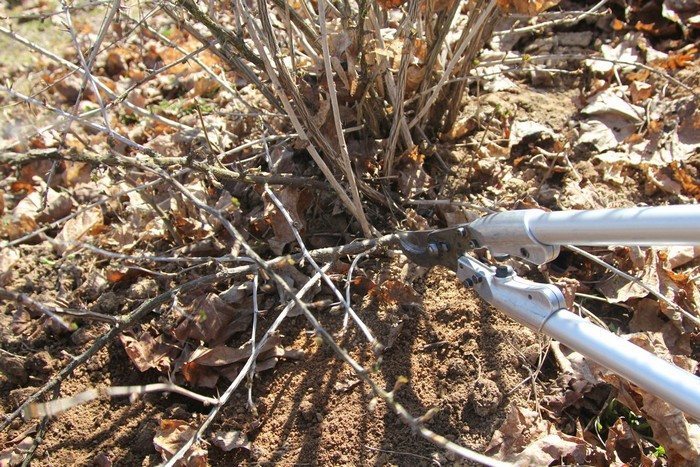
A pruned and trimmed gooseberry bush looks beautiful and produces a bountiful harvest. Untidy bushes spoil the aesthetic appearance of the garden and produce a smaller harvest. Remember this!


